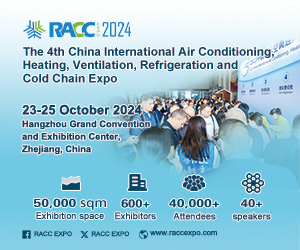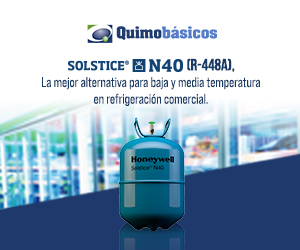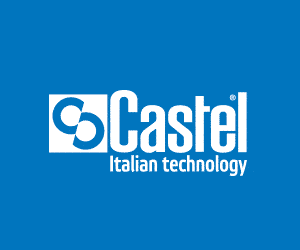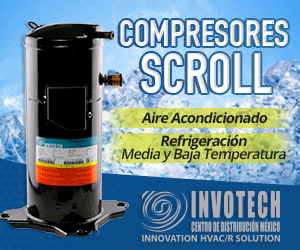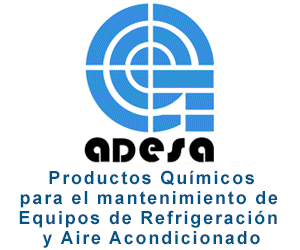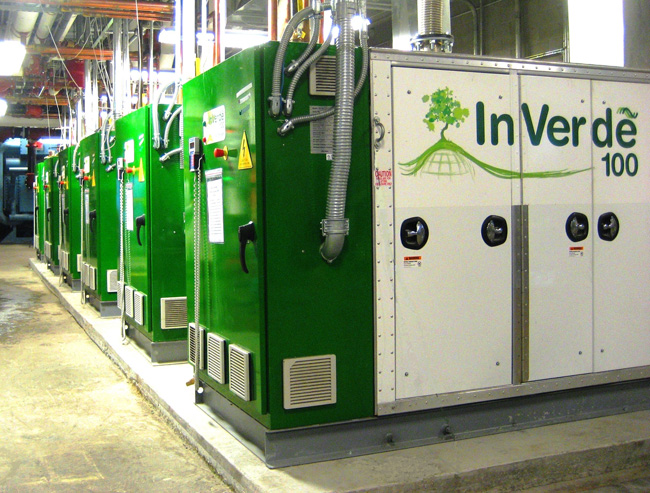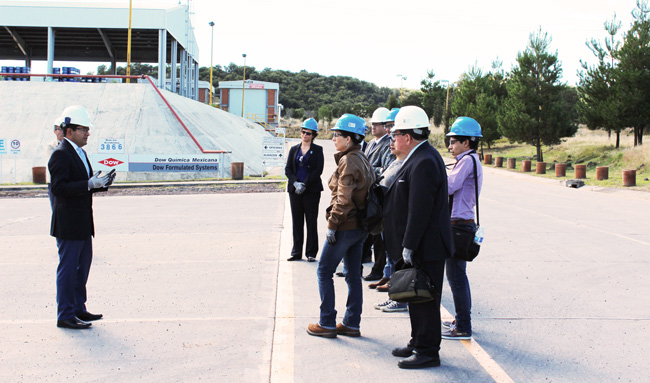
Through an aggressive, highly organized approach to sustainability at its more than 60 manufacturing facilities in North America, CertainTeed Corporation is making significant strides in reducing its overall environmental impact. Specifically, CertainTeed has reduced energy consumption by 15 percent and water usage by 24 percent over the past four years. In addition, it has decreased the amount of waste going to landfills from its facilities by 33 percent.
“Our world-class team of employees at CertainTeed play a pivotal role in increasing the sustainability of our operations,” said Chris Altmansberger, vice president of operations support and process sustainability at CertainTeed Corporation. “Through our collective efforts, we have established a strong culture of respect for the environment that will continue to help preserve and protect the communities in which we live and work.”
During 2010 and 2011, approximately 6,000 CertainTeed employees received various types of sustainability training, which has helped drive energy, water and waste reductions. Additionally, more than 30 plants have achieved ISO 14001 certification, which helps drive continuous improvement in regard to environmental performance.
“Our increased emphasis on sustainability has helped us identify and implement critical initiatives that reduce water and energy use as well as divert waste from landfills,” added Altmansberger. “We have learned that even simple modifications can have a big impact.”
For example, one of CertainTeed’s operational excellence initiatives is to involve employees in waste reduction teams, which use the Kaizen approach of continuous improvement. This has been instrumental in finding new ideas for recycling and reducing waste that would otherwise be landfilled. Great progress also continues to be made in the recycling of cardboard, pallets and packaging. In addition, new solutions continue to be successful in creating closed loop water reuse systems, which has been very beneficial in reducing fresh water utilization and water treatment requirements.
By embracing new lighting technology, such as T5 fluorescent lamps, the Calgary, Alberta; Buffalo, New York; and Seattle plants have increased their energy efficiency. Process reconfigurations at the Lodi, Calif.; McPherson, Kan.; and Norwood, Mass.; plants eliminated the need for pumping equipment and compressors, resulting in a more than 1.3 million kilowatt hour energy reduction annually. In White City, Ore., the installation of rapid open and close doors eliminated the need for building heat.
“While much has been accomplished, we are committed to continually improving our environmental performance,” said Altmansberger. “We believe strongly in setting sustainability goals, tracking our progress and sharing the results with our employees, suppliers, customers and the community at-large on an ongoing basis.”




